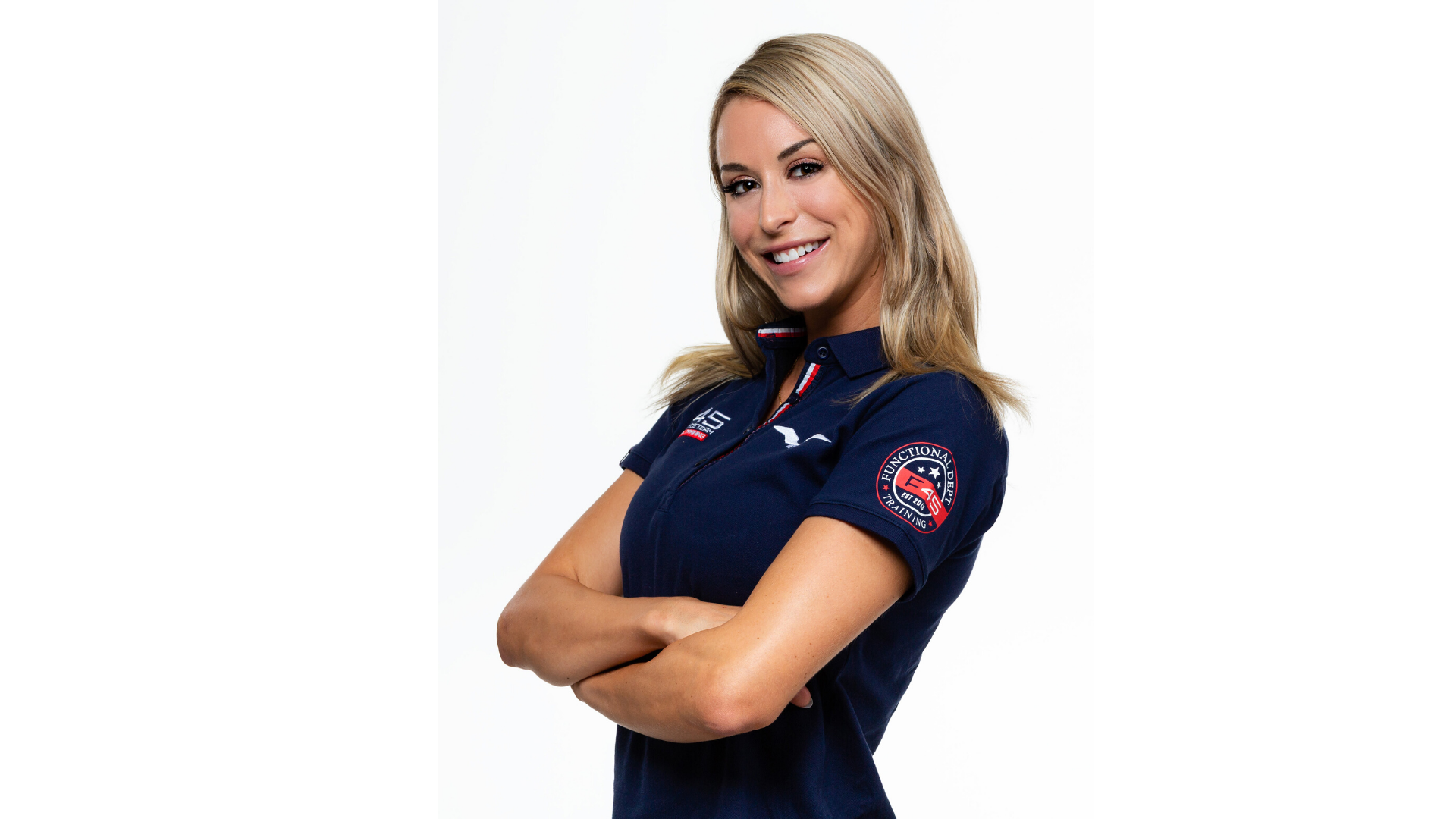
What is carb cycling, how does it work and what are its chief claims? Eg. Weight Loss
Carbohydrate cycling is a dietary protocol where carbohydrate intake is manipulated from high to moderate to low on a daily or weekly basis. The daily macronutrient ratio of healthy carbohydrates may be lowered for a few days before cycling back to a higher ratio of carbs. Cycling protocols in terms of daily carbohydrate ratio (high, medium, low) and length of time (days, weeks) largely varies depending on body composition goal (weight loss, athletic performance, muscle building).
Chief claims: Carbohydrate cycling is primarily used as a protocol for weight loss/fat loss. It is also a great method for helping to stabilize blood sugar levels. Specifically, the low carb days prevent large changes in blood sugar while the high carb days provide insulin to maintain muscle and also improve thyroid hormones and leptin levels (a hormone that regulates hunger levels).
Elite athletes have also been known to incorporate some carbohydrate cycling through various training phases to ‘cut down’ before competition. On high carb days, creating an energy surplus is suggested to promote muscle gain; therefore, athletes use carb cycling to optimize muscle development while minimizing fat gain while training.
Essentially, the claim of carb cycling is to fill glycogen (storage form of carbohydrate) in the muscles and liver while avoiding storing any excess glucose as fat. In a weekly protocol, for example, the ‘high intake’ carb days are used to build up glycogen stores, which then become depleted on the lower carb days. Once glycogen stores are depleted, the body switches fuel sources and starts to utilize and burn fat.
Are there studies/evidence to back up the diet’s claims? Does it work, or is it a fad?
More nutritional studies are needed to confirm the claims of fat loss in the general population, however, there have been some studies in athletes that have demonstrated the use of carb cycling as a method for muscle recovery and also increasing fat burning (fat oxidation) [1,2,5].
In one study by Holston et al., 14 well-trained cyclists were grouped to either high or low glycogen training groups over a 3-week period. It was demonstrated that fat metabolism was increased after training with low muscle glycogen, which may have been due to the enhanced metabolic adaptations in skeletal muscle [1]. These findings are also consistent with another study with cyclists, which demonstrated that training with low muscle glycogen resulted in higher rates of whole-body fat oxidation during exercise, whereas training with high muscle glycogen had no effect on substrate metabolism [4].
I personally don’t believe carb cycling is a fad and am supportive of benefits that it can provide for overall health, as it encourages people to be more conscious of their macronutrient quality intake throughout the day while also avoiding processed forms of carbs and sugar. Therefore, I do feel that if the protocol is adhered to, it is highly effective in terms of fat loss. However, because it is a difficult protocol to stick to, it can be challenging to accurately determine the positive physiological effects that it can have in terms of long-term weight loss.
What does the diet look like in practice? Eg. what might it look like over a few days or more, just a brief explanation?
Carbohydrate cycling is typically done in a consecutive weekly or monthly protocol. The extent and length of the protocol can vary depending on whether it is meant for fat loss or performance, however, a sample fat loss protocol may look like the following:
Sunday & Monday: High carb days (45-50% total daily intake is from carbohydrates)
Tuesday & Wednesday: Moderate carb days (30-35% total daily intake is carbohydrate)
Thursday to Saturday: Low carb days (20-25% total daily intake is carbohydrate)
What are some examples of foods you’d eat on a high carb day, and a low carb day?
On high carb days, it’s best to consume nutrient-dense, healthy complex carbohydrates rich in fibre periodically throughout the day (while tapering them off in the evening). This includes oatmeal, whole-grain (ezekiel) bread, quinoa, sweet potato, and legumes, such as black beans, chickpeas, and lentils. Additionally, it’s best to avoid simple and processed carbohydrates (store-bought cookies, white bread, and white-enriched wheat flour), as these have a tendency to spike blood sugars and can induce cravings for more carbohydrates later in the evening.
On low carb days, it’s best to incorporate non-starchy vegetables including: broccoli, cauliflower, zucchini, capsicum, spinach, and asparagus. Non-starchy vegetables still provide glucose and energy, however, do not provide large spikes and dips in blood sugar.
What are the pros?
Carbohydrate cycling is known to improve muscle recovery, as the high carb days replenish glycogen stores while also providing essential nutrients including vitamins and minerals to the body. Additionally, those that follow the protocol consistently and those who adhere to the high, moderate, and low carb days are often successful in terms of weight loss/fat loss. Following this type of dietary eating pattern has also shown to promote better food choices long-term. Eliminating processed and refined forms of sugar while also developing a healthy daily eating pattern makes it easier to make these healthy choices long-term.
What are the cons? Eg. is it quite demanding in terms of planning, strictness– is it better suited for serious athletes rather than the everyday Joe
Depending on body composition goals, carb cycling may not be the best option for those who struggle with following a strict eating plan. If the goal is overall weight loss or health, it’s best to start with small changes to daily eating habits. Unfortunately, there isn’t a lot of wiggle room for changes in total daily intake for carbohydrates, as the goal is to fill glycogen stores on high carb days while depleting glycogen stores on lower carb days to move the body into a fat burning zone.
If we overconsume carbohydrates on the low carb days, then we won’t allow our body to use fat as a key source of energy, which limits our fat burning capability. Additionally, consuming processed/refined carbs often found in store-bought snacks (chips, popcorn, muesli bars) is not recommended due to its effects on blood sugar. For some people who often purchase pre-packed foods, they may find this type of protocol difficult to stick to. It can also contribute to some feelings of fatigue if carbohydrates are drastically cut out of the diet on low carb days.
Consulting with a nutrition professional before starting a protocol is always recommended. It’s common for this type of carb cycling protocol to be used by highly competitive athletes who are provided with the support of a sport dietician to adhere to the program. Finally, because of the nature of monitoring and restricting carb intake on certain days, this type of protocol may not be ideal for those who may have had or are at risk of an eating disorder.













